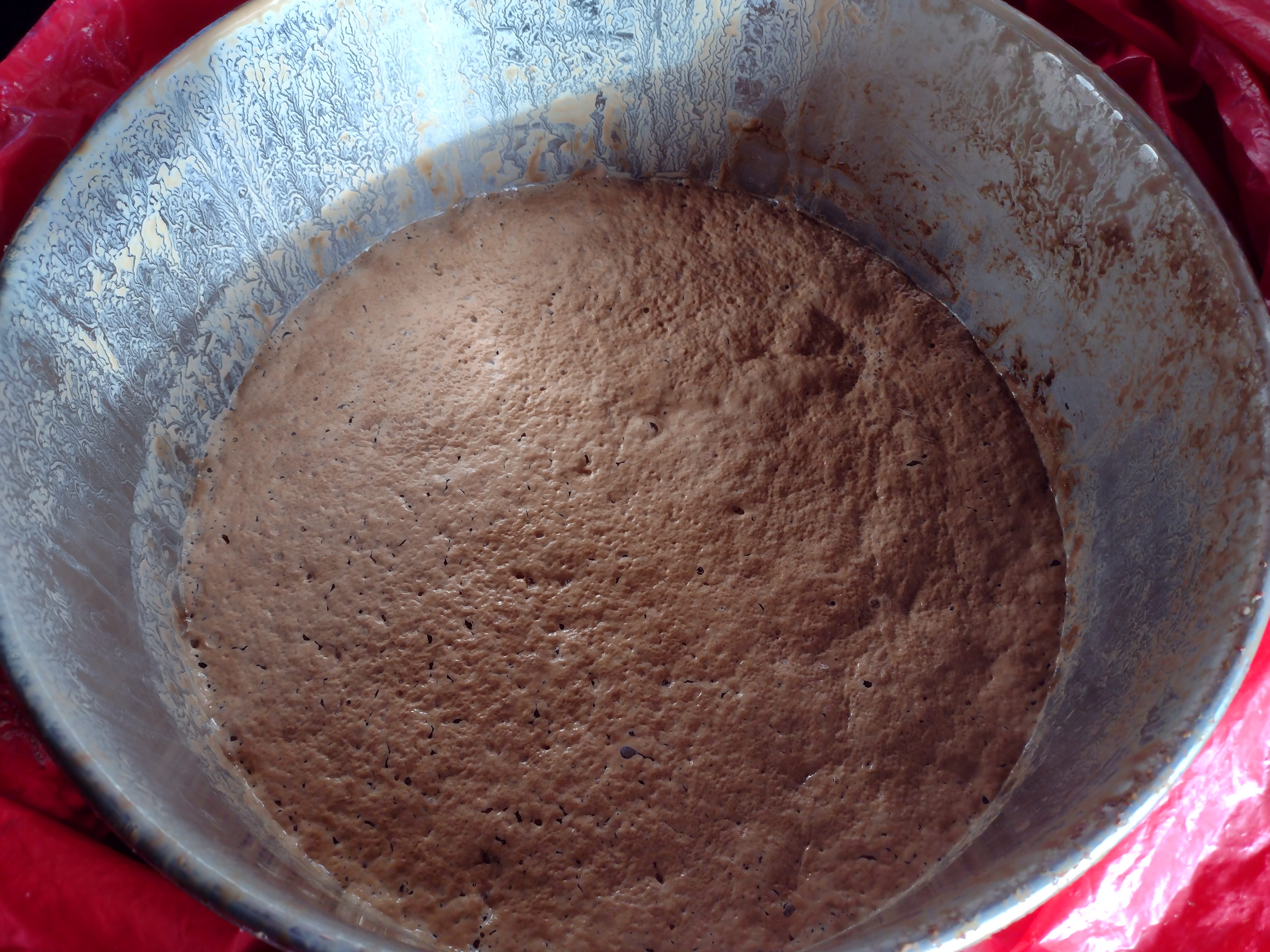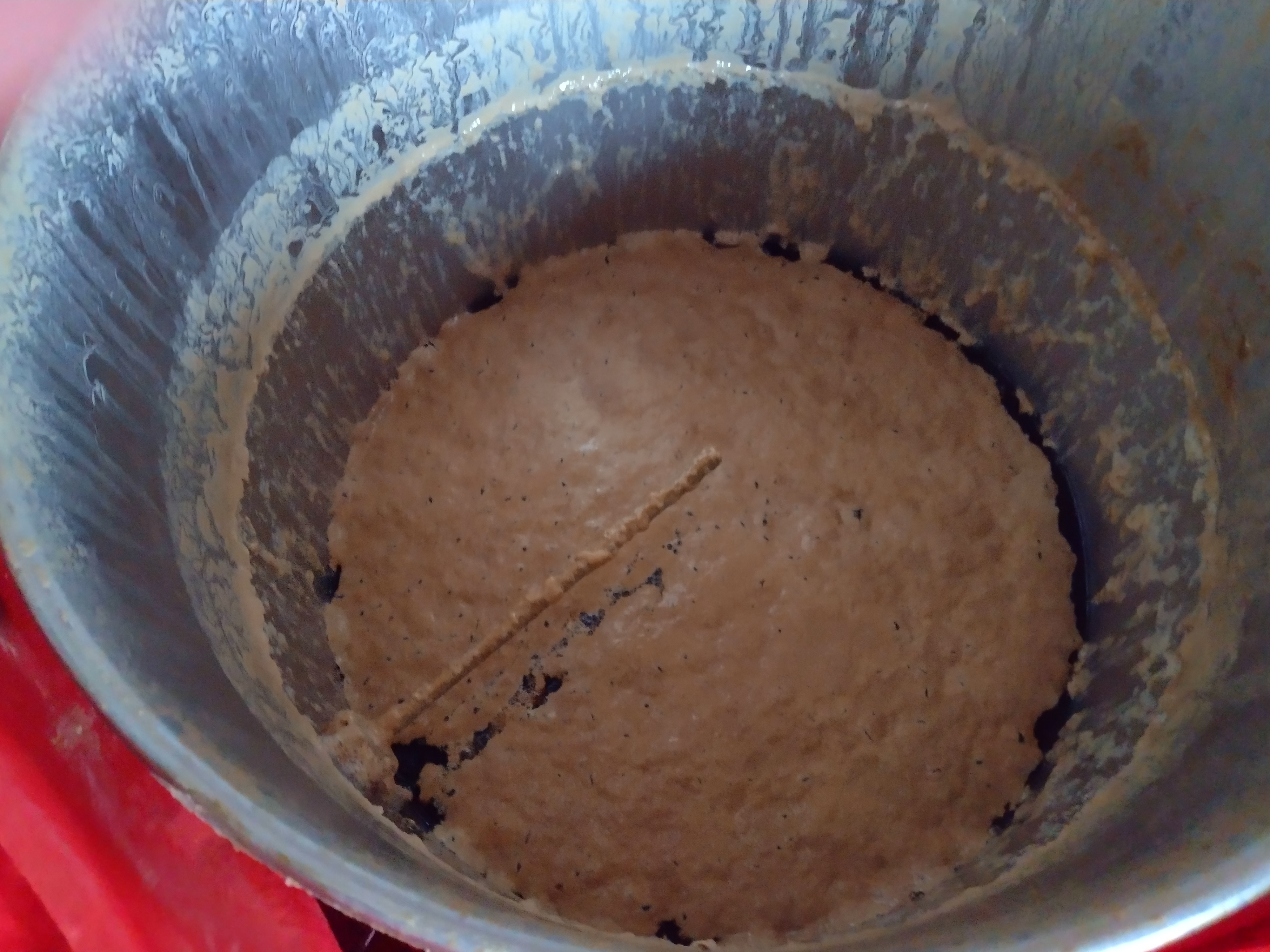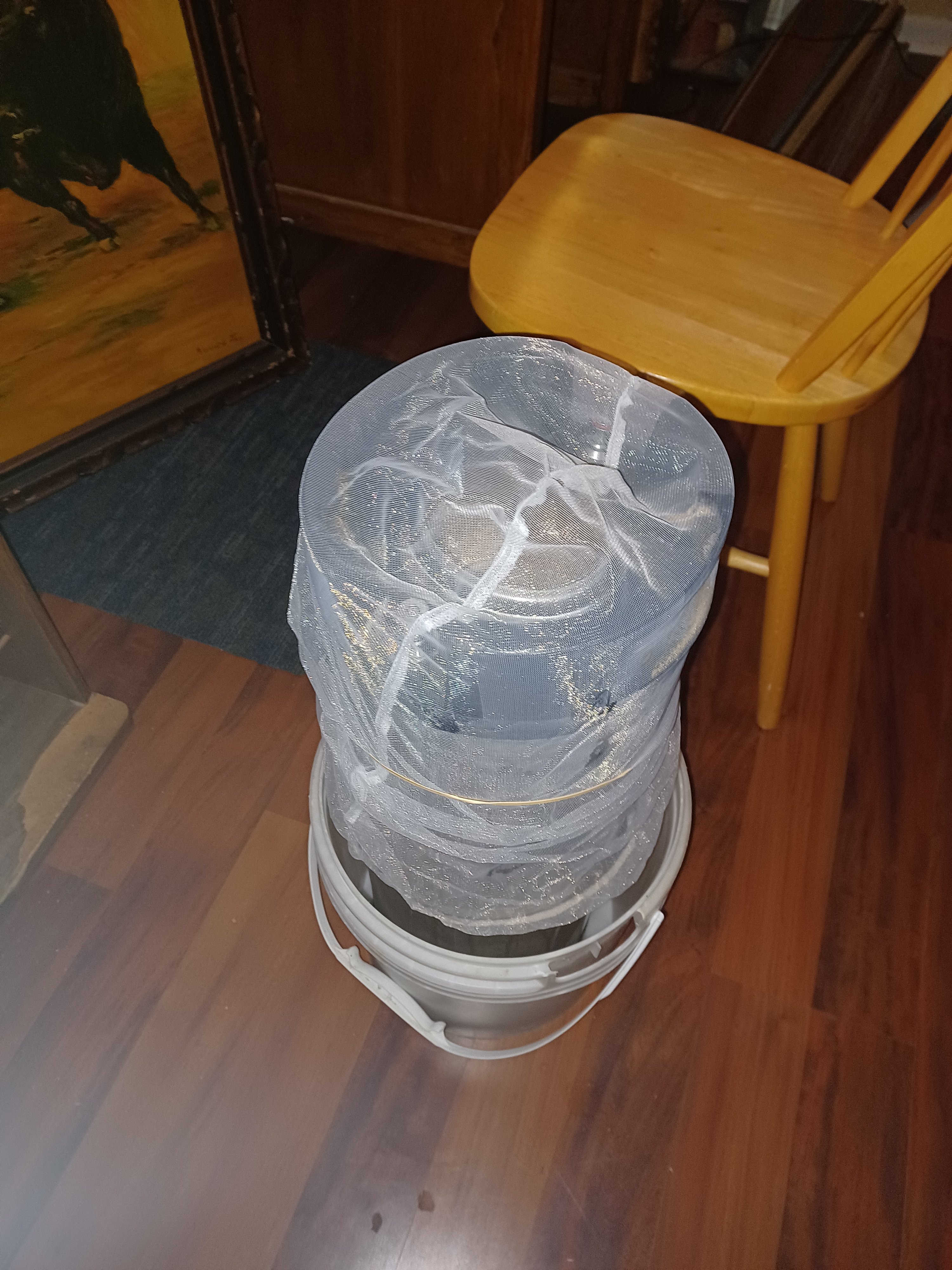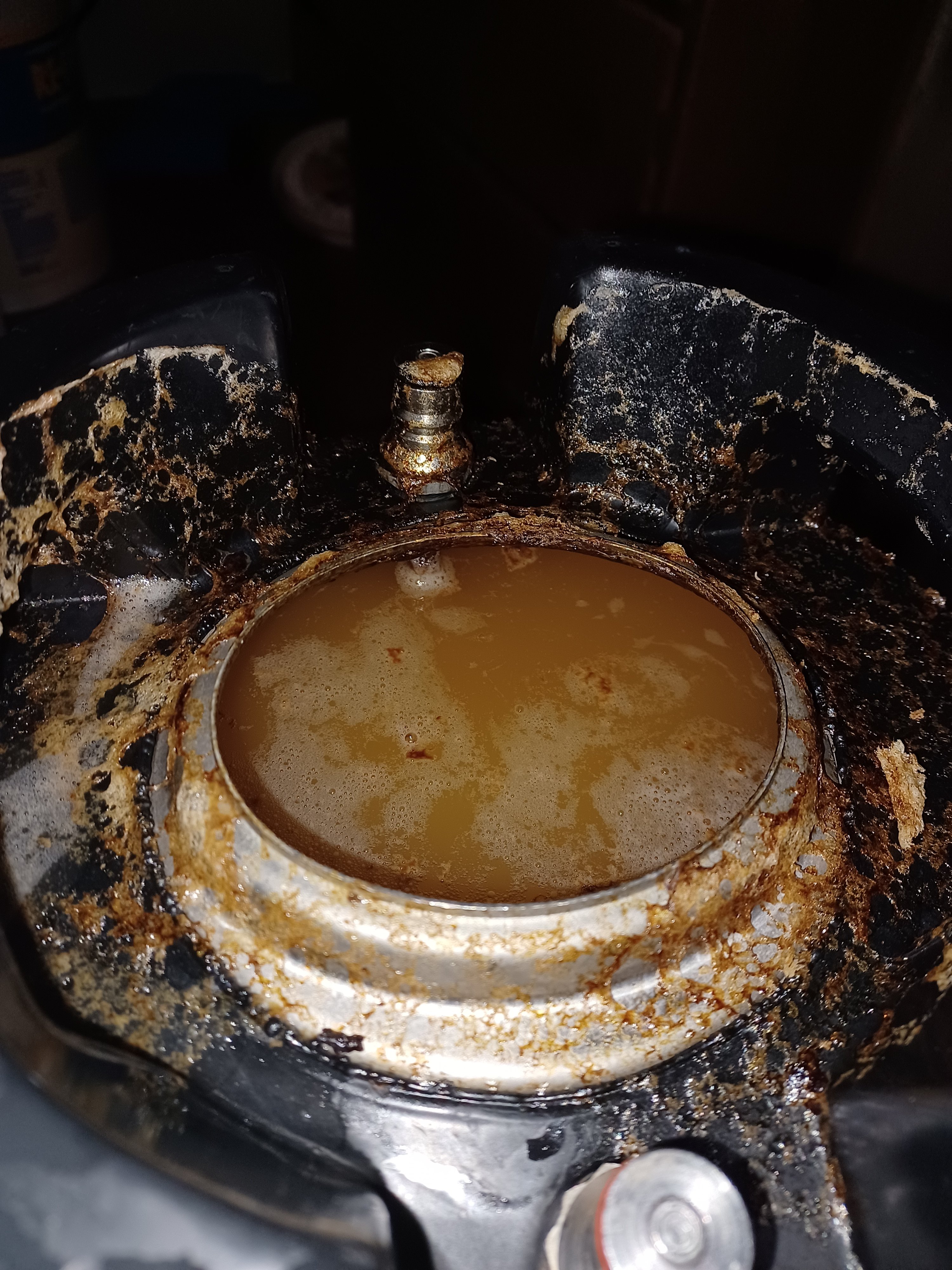Open fermentation in Britain takes 2 to 3 days, initially with rousing to return the yeast to the wort, else fermentation would be slow with a small portion of the yeast active. The yeast is cropped for future pitching, after which the beer is cooled as fermentation nears completion.
The process uses a particular type of yeast, one that rises and flocculates on the top of the wort. It won't work in tall narrow vessels that aren't wide enough to accommodate the yeast so produced. It is not possible for other types of yeast to work in the same manner.
The original yeast that Harvey's obtained from John Smith's in 1957, as seen in the earlier video, can be obtained from Brewlab in UK, Their code for that yeast is 48.
The process uses a particular type of yeast, one that rises and flocculates on the top of the wort. It won't work in tall narrow vessels that aren't wide enough to accommodate the yeast so produced. It is not possible for other types of yeast to work in the same manner.
The original yeast that Harvey's obtained from John Smith's in 1957, as seen in the earlier video, can be obtained from Brewlab in UK, Their code for that yeast is 48.
















![Craft A Brew - Safale BE-256 Yeast - Fermentis - Belgian Ale Dry Yeast - For Belgian & Strong Ales - Ingredients for Home Brewing - Beer Making Supplies - [3 Pack]](https://m.media-amazon.com/images/I/51bcKEwQmWL._SL500_.jpg)
















































